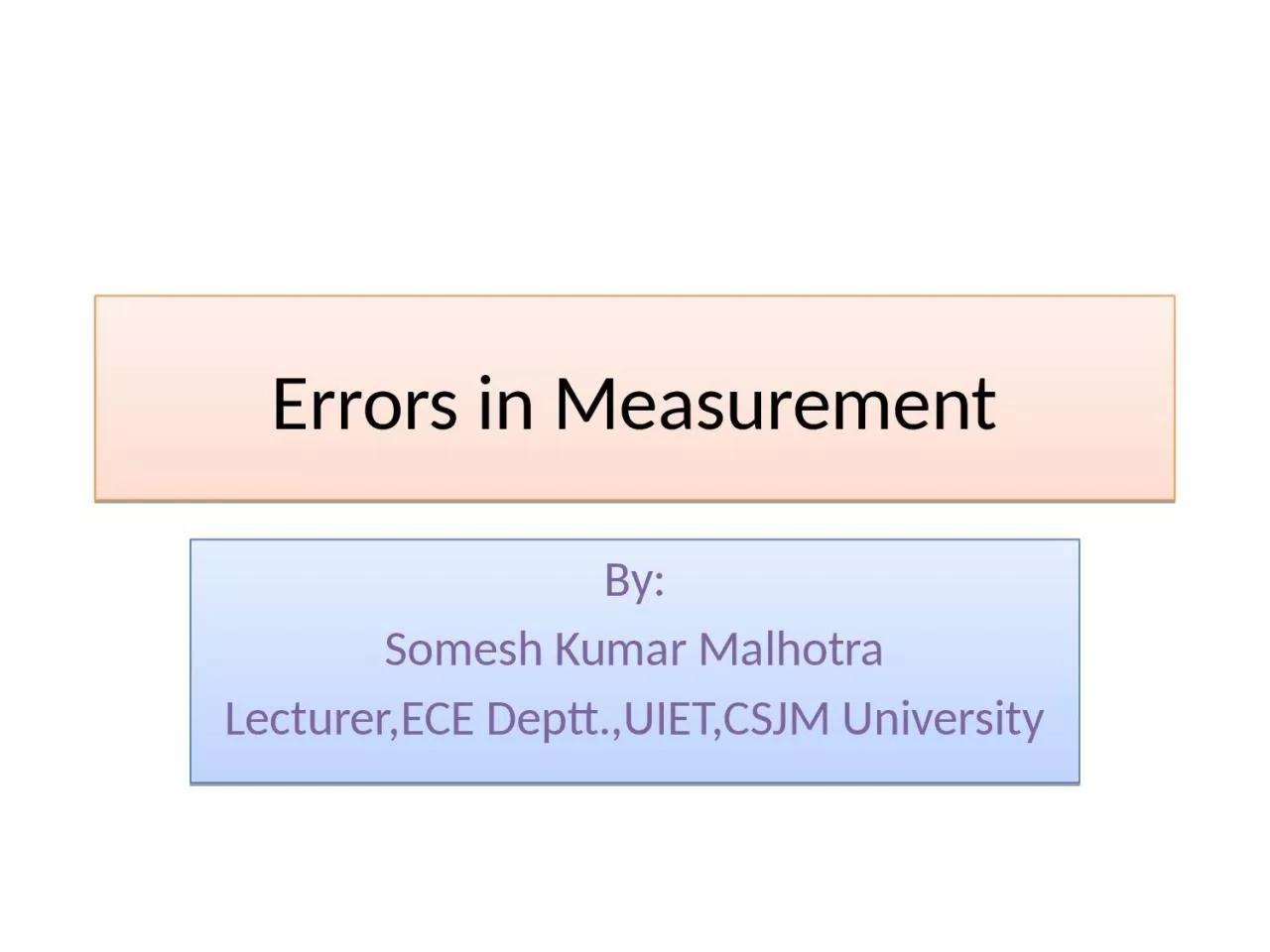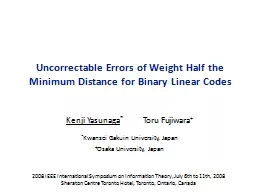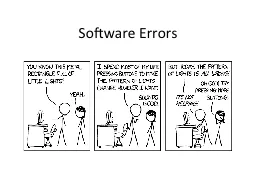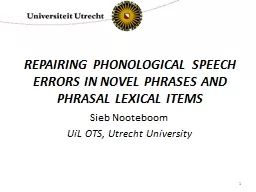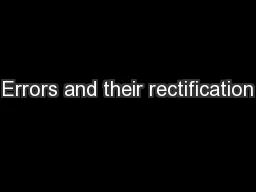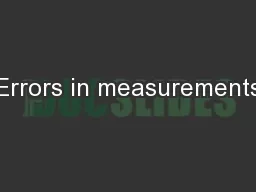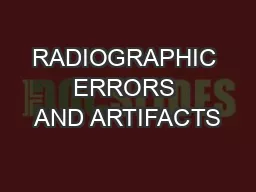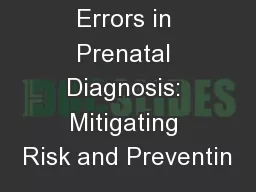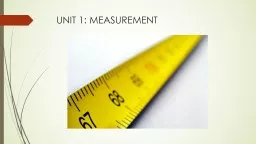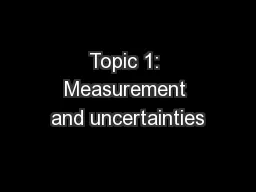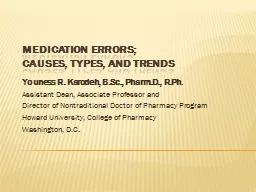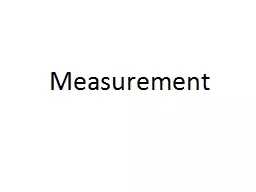PPT-Errors in Measurement By:
Author : kylie | Published Date : 2023-10-27
Somesh Kumar Malhotra LecturerECE DepttUIETCSJM University Absolute Error Relative Error Percentage Error Limiting or G aurantee errors Numerical Numerical Numerical
Presentation Embed Code
Download Presentation
Download Presentation The PPT/PDF document "Errors in Measurement By:" is the property of its rightful owner. Permission is granted to download and print the materials on this website for personal, non-commercial use only, and to display it on your personal computer provided you do not modify the materials and that you retain all copyright notices contained in the materials. By downloading content from our website, you accept the terms of this agreement.
Errors in Measurement By:: Transcript
Download Rules Of Document
"Errors in Measurement By:"The content belongs to its owner. You may download and print it for personal use, without modification, and keep all copyright notices. By downloading, you agree to these terms.
Related Documents

